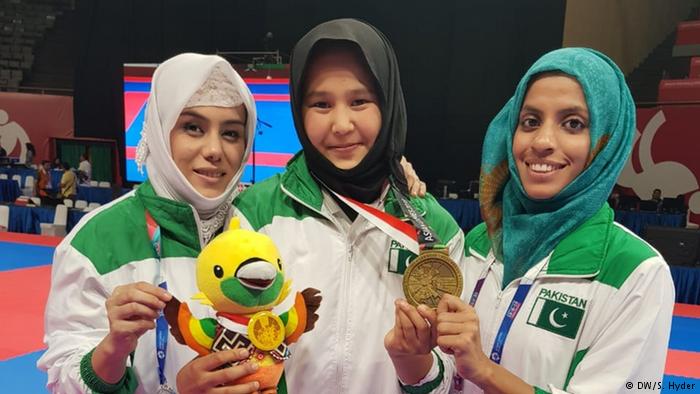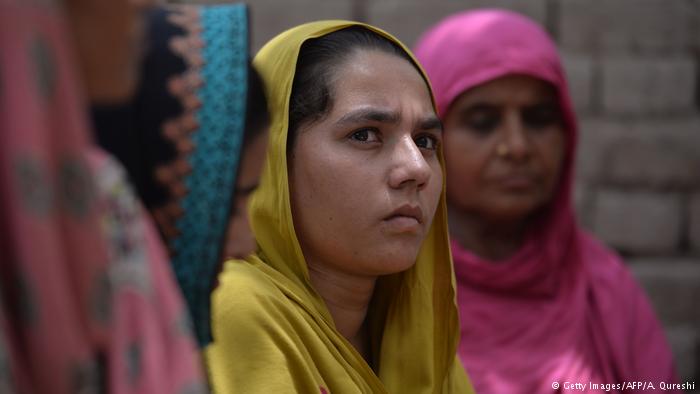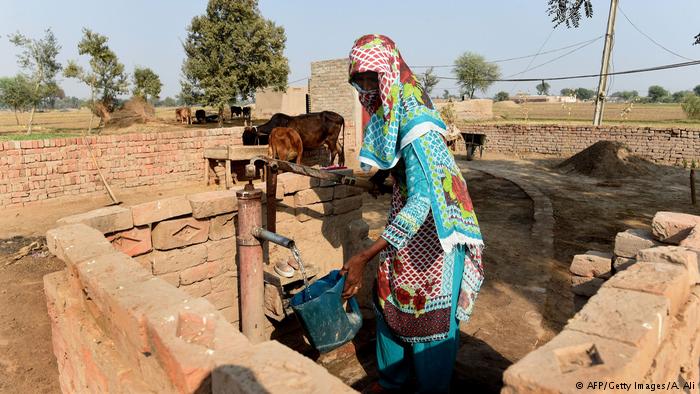The changing Pakistani woman
I met them at a coffee shop. They were already waiting for me when I entered. The steam from the four cups of coffee on their table made patterns in the air. Coffee had just been served and I knew I wasn’t late.
Ammara Mumtaz, Hira Qazi, Amen Shoaib and Sundus Khusro, all in their early 20s, graduated this week from the National College of Arts in Lahore, the biggest art school in Pakistan. If getting into NCA is an achievement, graduating from it is a bigger one. And these four girls, the only students at the college’s Product Design Department this year, have clearly succeeded.
Ammara, who wants to design industrial products, had designed plastic tableware for children with upper-limb disabilities. Her project, she told me, aimed at making eating time fun and painless for disabled children, which she said was otherwise a very painful experience due to the use of hard cutlery which was difficult to hold. She painted her products in green and red for what she called was part of colour therapy.
For now, Ammara is planning to design a habitat for conservation of animal instincts. She is worried about how our pets are losing their animal instincts in our attempt to tame them and make them behave like humans. To defy the personification of pets, she says she will design interiors that will keep them close to their natural instincts and their owners.
Ammara was not the only one with a humanitarian aspect to her final project. Hira’s load-bearing device for labourers who carry light to medium weights on a daily basis was an unusual creation, too.
In a country, where labour rights and safety of labourers is trivial, Hira designed a rack that will help labourers carry weights without compromising their health. The idea had struck her on seeing a labourer with a back hump a year ago. She had later found that the hump had been caused due to bearing heavy loads every day.
The three-kilogram fibre structure that Hira has designed can easily be worn on the back and its buckles strapped in front. It has been designed keeping in mind the shoulder, backbone and lower back problems labourers develop due to carrying heavy load without a proper technique. Hira says she consulted several physicians and orthopaedics to design the load bearer that has several racks that can be folded and unfolded as per requirement. It can also be converted into a trolley. She hopes to sell the idea to a non-governmental organisation that would distribute the machine among labourers.
Amen’s “smart kitchen” can be folded and expanded to fit in a four-eight feet area. The movable unit has a stove, a microwave oven, a wash basin and two cabinets- all aesthetically designed for smaller places. Her project made me realise how our young women now though ahead of time for their convenience and that of their families.
During our meeting at the coffee shop, Hira told me that she had been hired by a furniture design company where she prepares 3D furniture designs to meet the client’s requirements individually. She later explains the idea to the carpenter. But the process of explaining their ideas to the labourers has never been simple.
Sundas, who had designed multi-purpose handbags in artificial leather for her research project, shared an instance when an electrician in the Walled City area- a relatively backward and conservative area of Lahore where cheap labour can easily be found – “advised” her to cover herself properly the next time she visited his shop. The girls were already facing problems in explaining their ideas and what they wanted from the labourers. They explained how most men were not comfortable in “taking instructions from girls” and some had even said it to their face.
The four girls come from educated, enlightened families. They wear jeans, drive cars and can travel alone in the city without any help from a male family member or a friend, which also bothered some of their teachers.
For these four young artists, from what I observed during the two meetings with them, marriage can wait. They call their journey a struggle from the very first day when they had to convince their parents that they wanted to be artists- a profession that is generally not considered a profession in Pakistan, because “it cannot pay for one’s bills and food”. Above that, women studying arts in an institute with boys might hinder her way in finding “a nice boy”, because for wives they want girls who have had minimum interaction with boys. They broke all social barriers and continue to break stereotypes.
Author: Ayesha Hasan
Editor: Manasi Gopalakrishnan







